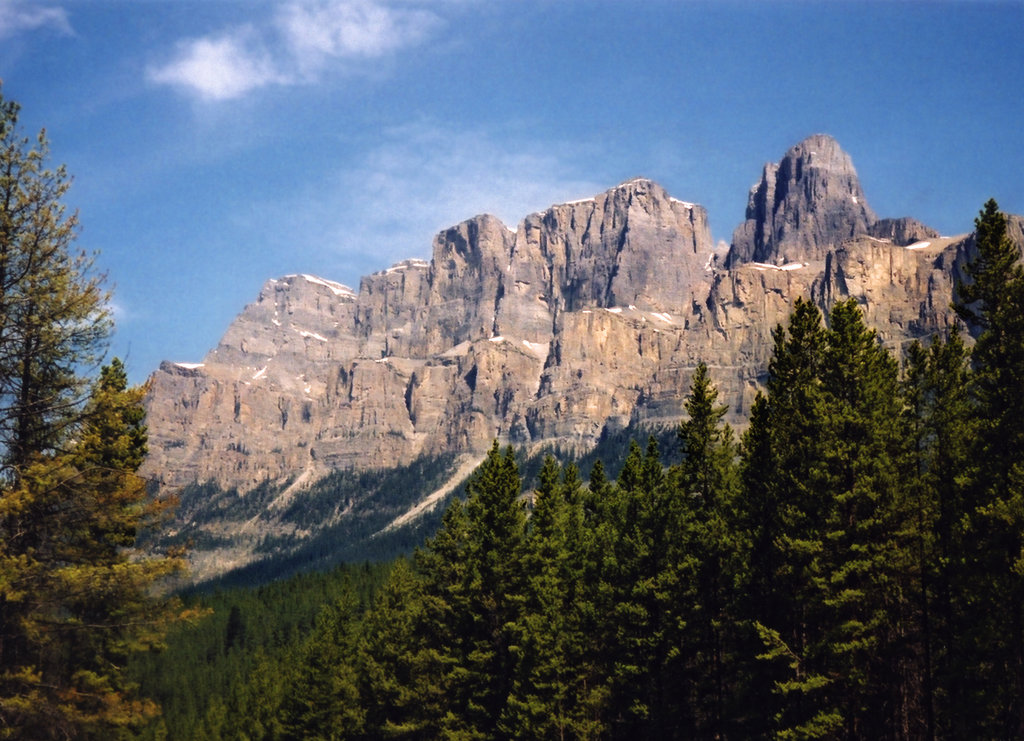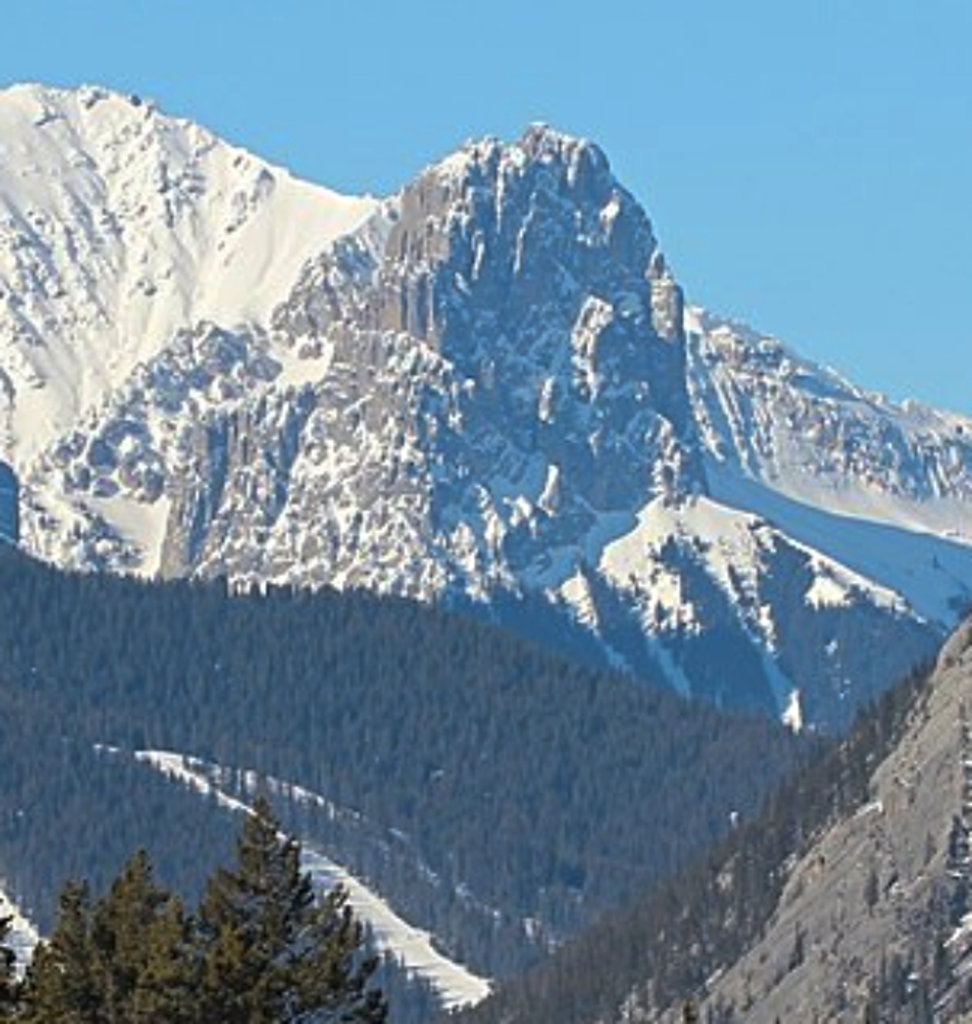Get PeakVisor App
Sign In
Search by GPS coordinates
- Latitude
- ° ' ''
- Longitude
- ° ' ''
- Units of Length

Yes
Cancel
Share ×

Scan the QR code and open PeakVisor on your phone
❤ Wishlist ×
Choose
Delete
The Sawback Range, a subrange of the Canadian Rockies, stretches from Bow Valley in Alberta, Canada, to southeastern Banff National Park. The Sawbacks consist primarily of impressive, near-vertical sedimentary rock, but are characterized by smooth lower slopes carved out by glaciers during the Wisconsinan glaciation. Driving through Banff, visitors will often catch their first glimpse of several Sawback summits from beside the highway.
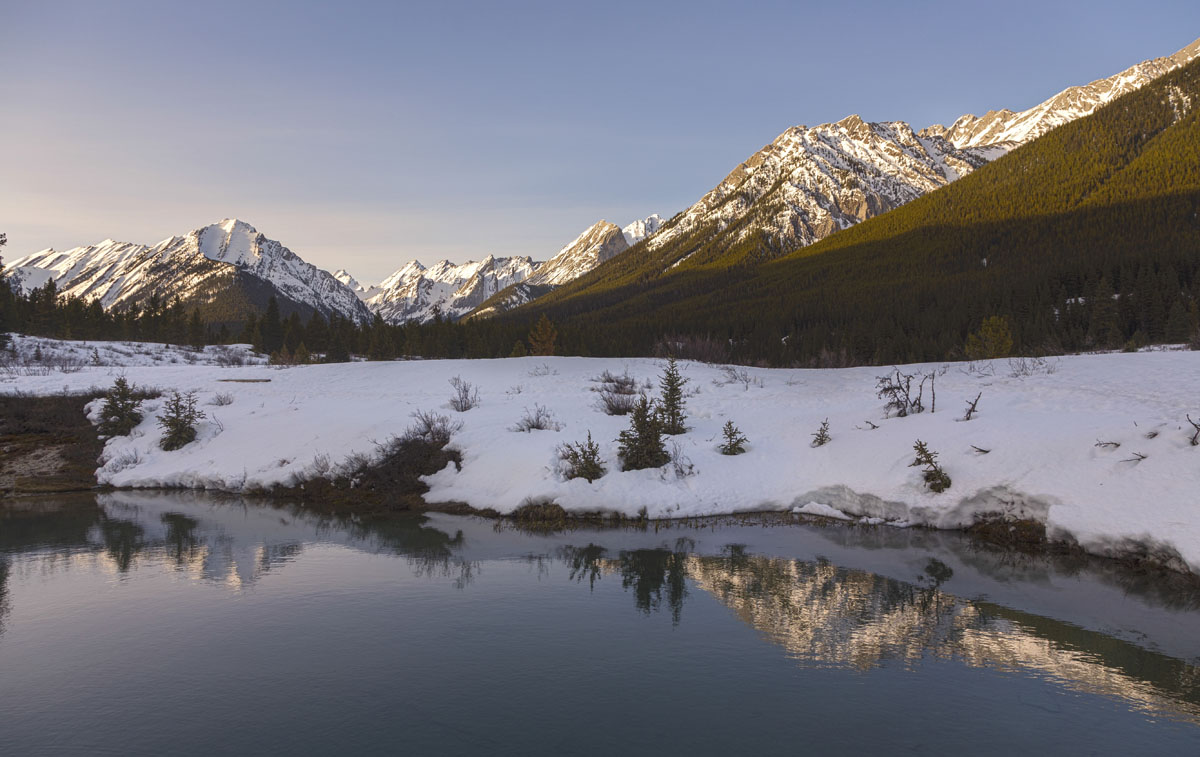
There are several peaks in the Sawback Range that exceed 9,000 feet in elevation including Block Mountain, Mount Ishbel, Mount Cory, Oyster Peak, and Cockscomb Mountain. Two peaks, in particular, Mount St. Bride and Bonnet Peak, reach beyond 10,000 feet. Mount St. Bride, which is located within the boundaries of Banff, also happens to be the highest point and the most prominent in the range. Bonnet Peak is also tucked within Banff but is actually a massif containing three separate peaks: South, Center, and Northeast. Just west of these three impressive peaks is the Bonnet Glacier, which can be accessed with little difficulty via the Valley of Hidden Lakes or Badger Pass.
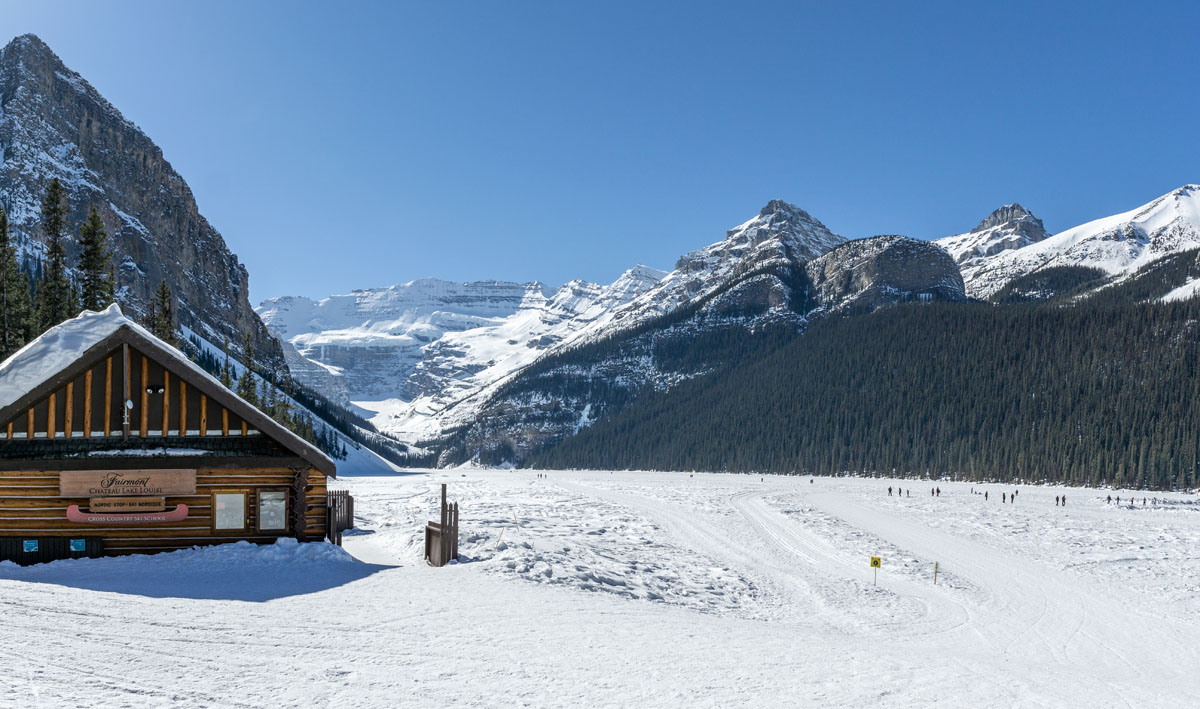
The Sawbacks are particularly popular amongst backpackers visiting Banff National Park, and several challenging footpaths traverse through the range, providing relative solitude amidst beautiful mountain passes and striking high alpine scenery.
Mount Norquay, which sits at 8,274 feet, is another noteworthy Sawback summit that houses one of the three major ski resorts in the region. Interestingly, during warmer months, Mount Norquay can be climbed on the western side. Though, this icon is undoubtedly more popular when fresh powder hits the slopes. The resort is most famous for ski jumping and alpine racing and hosts a variety of international competitions.
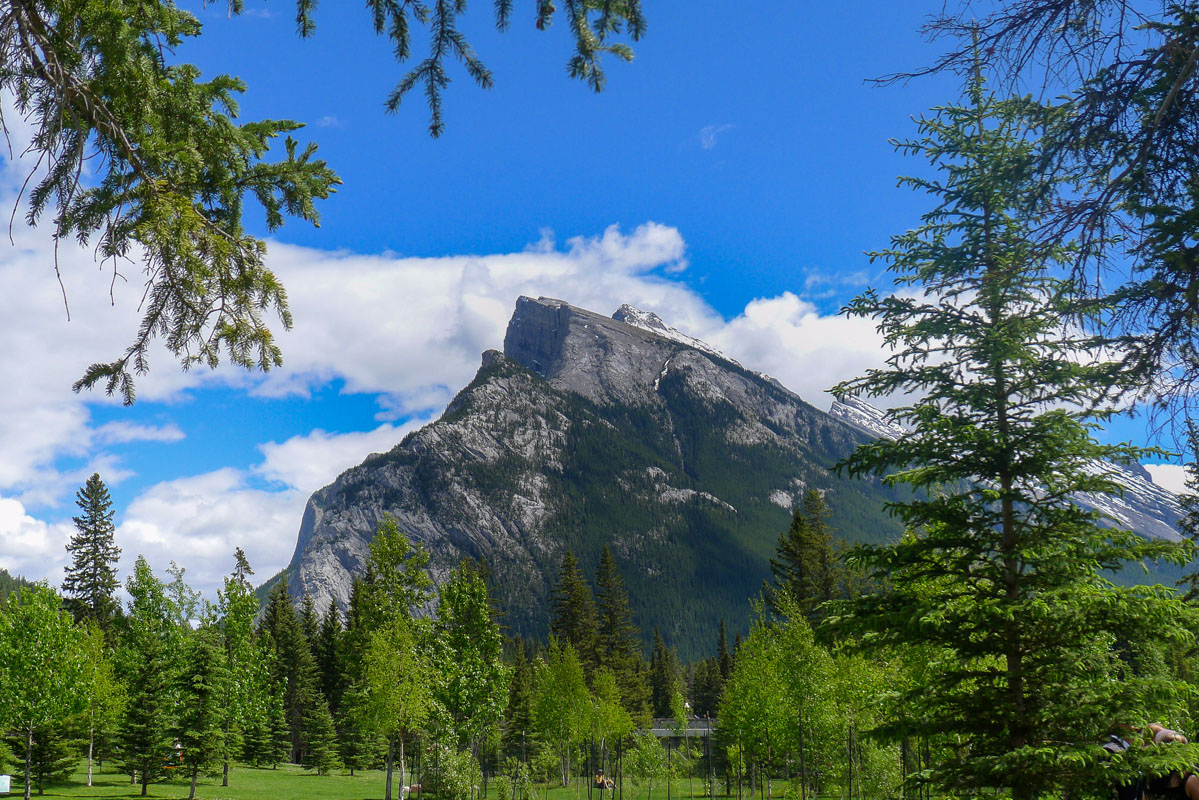
However, visitors don’t have to venture too far into the backcountry to experience the grandeur of the Sawback Range. Castle Mountain, for example, sits just beside the Bow River bank and can be easily admired and appreciated from afar. Castle Mountain has an incredible, tiered construction that makes it one of the most popular and recognizable summits near Banff. In fact, it’s not uncommon to see photographs of Castle Mountain on postcards or snapshots of this summit from visitors stopping along the Trans-Canada Highway or Bow Valley Parkway.
Aside from being a beloved mountain to photographers and artists, Castle Mountain is also adored by hikers, climbers, and skiers. Castle Mountain is frequently summited via Eisenhower Tower, the easiest of four alpine rock routes. With enough preparation and experience, the trek to the top of Castle Mountain can be accomplished in both summer and winter, making this an ideal adventure for adventurous travelers visiting the area. The 26.6 km route isn’t overly challenging, but some route-finding experience is recommended. The first portion of the trek will take you to Rockbound Lake, a stunning subalpine lake tucked in the Rockies. From there, several options are available to hikers and climbers looking to head toward Castle Mountain. A longer trek will take visitors toward Stuart’s Knob, while a lower footpath leads to an intermediate bench above the lake. If you’re looking for a more comfortable Castle Mountain option, the Castle Mountain Lookout is also a good alternative.
Connecting Banff and Lake Louise, the Sawback Trail is one of the most popular long-distance backpacking treks in the region. This 74 km (46 miles) traverse climbs directly through the rugged Sawback Range, traverses three incredible mountain passes, and passes many spectacular alpine lakes. This trail is known for its ‘backcountry feel,’ because it’s rarely within proximity of day-hiking trails or major tourist attractions. Along this 4 day adventure, hikers can expect to soak in incredible views of impressive Sawback summits like Mount Norquay, Block Mountain, Castle Mountain, Cockscomb, and Pulsatilla Mountain.
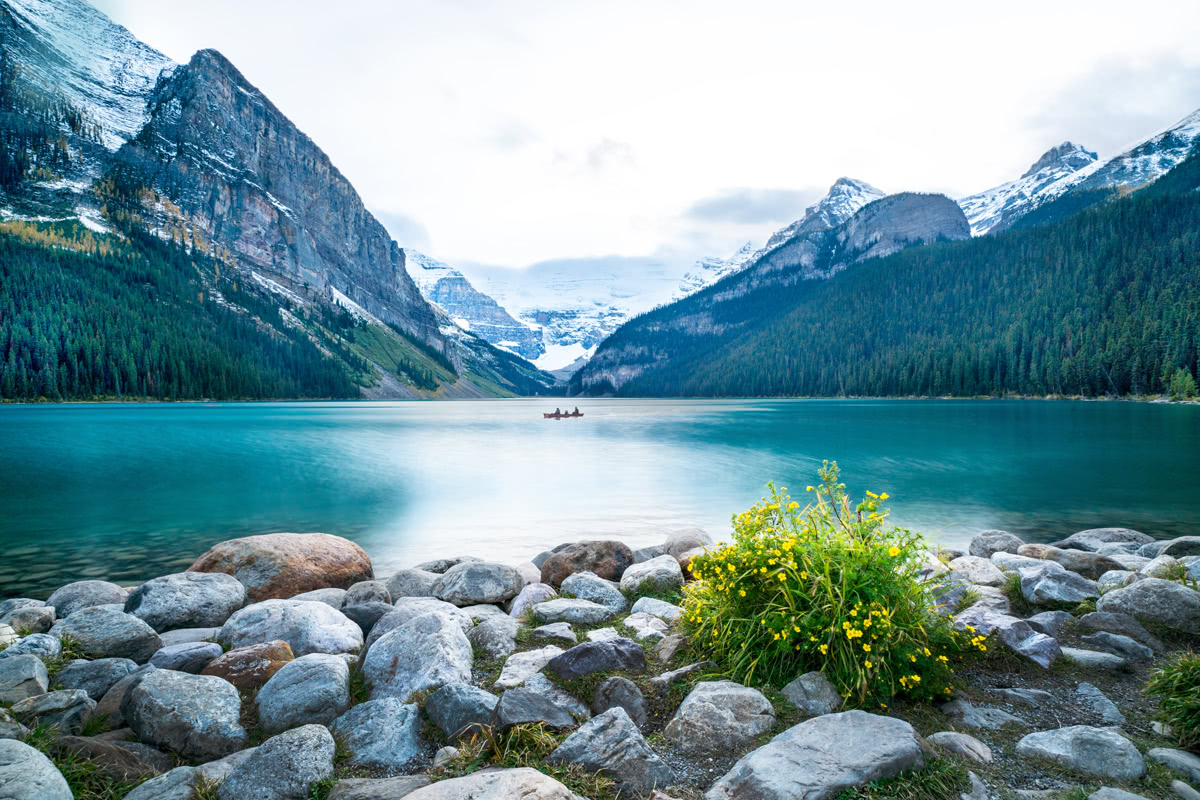
Mount Cory is known as an incredible hiking destination in Banff National Park. Although traversing Mount Cory or following the 13 km circuit through Cory Pass isn’t the easiest task, visitors often refer to this scenic footpath as one of the best in the region. Those willing to climb Mount Cory will appreciate striking vistas and vantage points of the Sawtooth Ridge, Mount Edith, and Mount Louis. Keep in mind, however, that traversing Cory Pass requires basic route-finding skills and the terrain can be quite challenging.
Mount Norquay, which sits in the Sawback Range, is one of the three major ski resorts in Banff National Park. Norquay features 60 trails, 190 acres of skiable terrain, 74 runs, and just minutes from the bustling town of Banff. Norquay is family-friendly, but also offers terrain catered to advanced and alpine skiers and riders. In fact, the resort has been the training ground for Olympic and World Cup athletes. Although it’s well-known as a winter destination, Mount Norquay is also an excellent destination for hiking, climbing, and sightseeing during the summer. Stony Squaw Mountain, the Cascade Amphitheater, and a sightseeing chairlift are popular attractions for summer visitors.
Banff, a quintessential Rocky Mountain resort town, is nestled within Banff National Park and is the ideal basecamp for outdoor recreation in the Sawback Mountains. In fact, the Rockies can be admired directly from town, with Mount Rundle, Sulphur Mountain, Mount Norquay, and Cascade Mountain dominating the skyline. The lively streets of downtown Banff offer a variety of restaurants, shopping, museums, and are packed with mountain-town charm. Nicknamed the “Castle in the Rockies,” the world-famous, historic Fairmont Banff Springs Hotel, offers year-round resort amenities and unparalleled skiing opportunities. However, there are plenty of other popular resorts and other accommodations in and around the town of Banff. Not to mention, Banff is home to three world-class ski resorts – Banff Sunshine, Lake Louise, and Norquay, which cumulatively boast over 8,000 acres of accessible terrain.
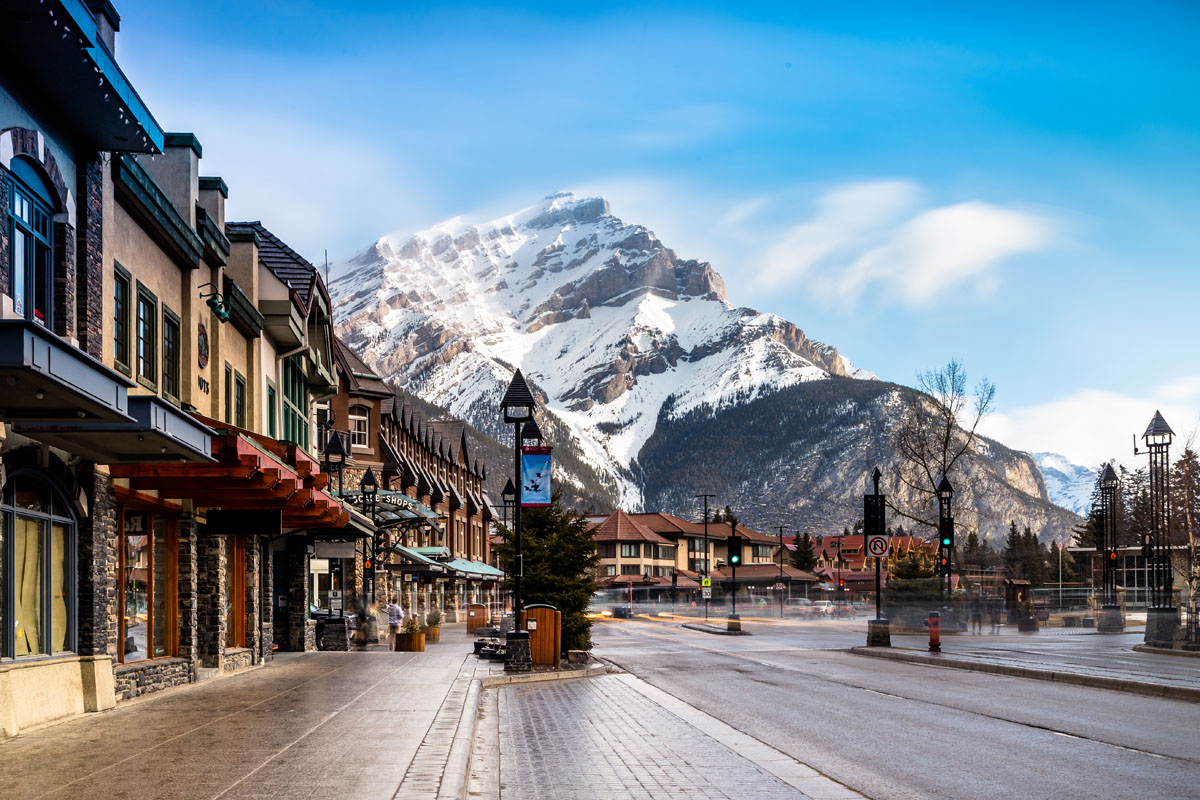
Explore Sawback Range with the PeakVisor 3D Map and identify its summits.





.jpg)
